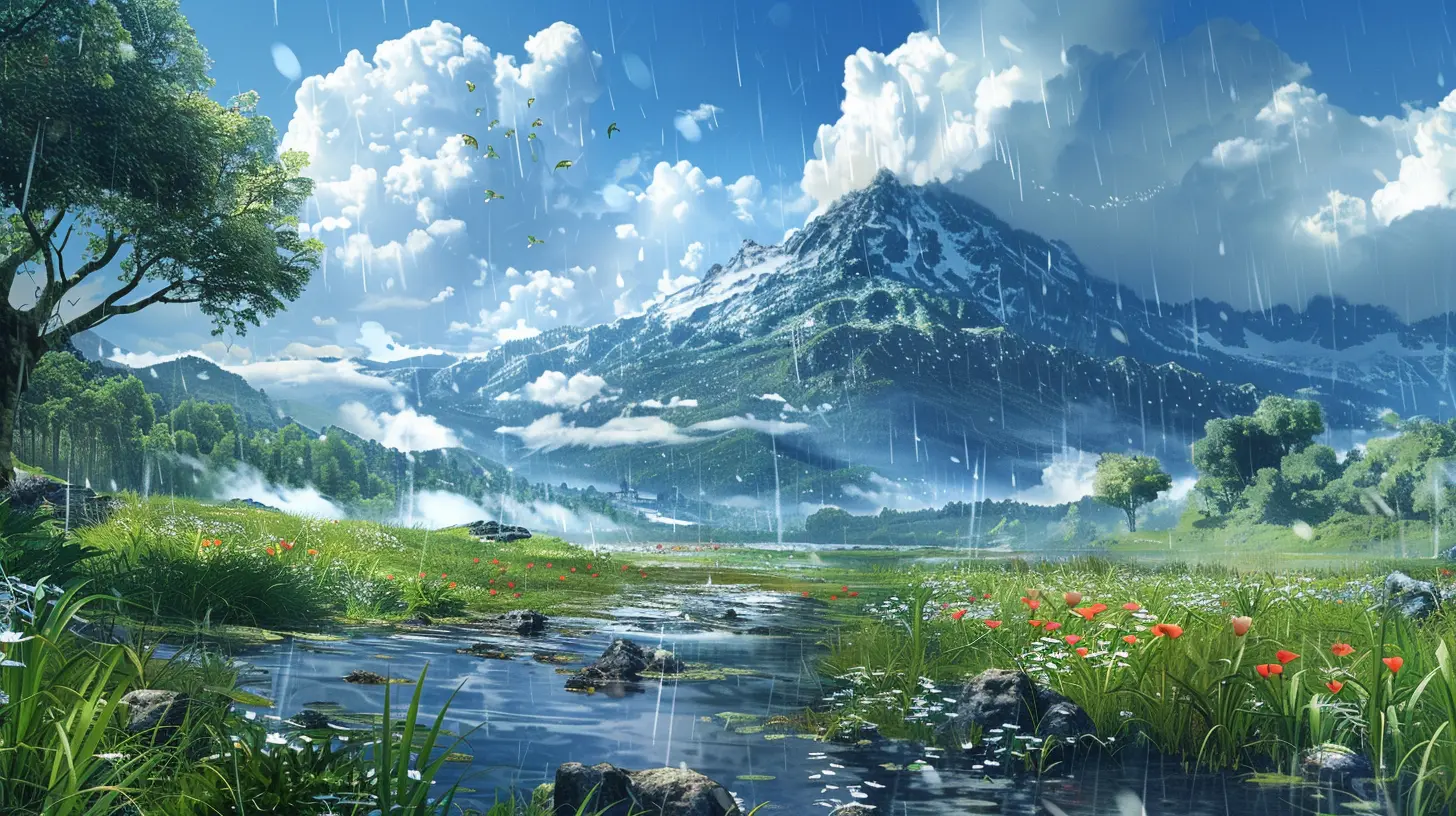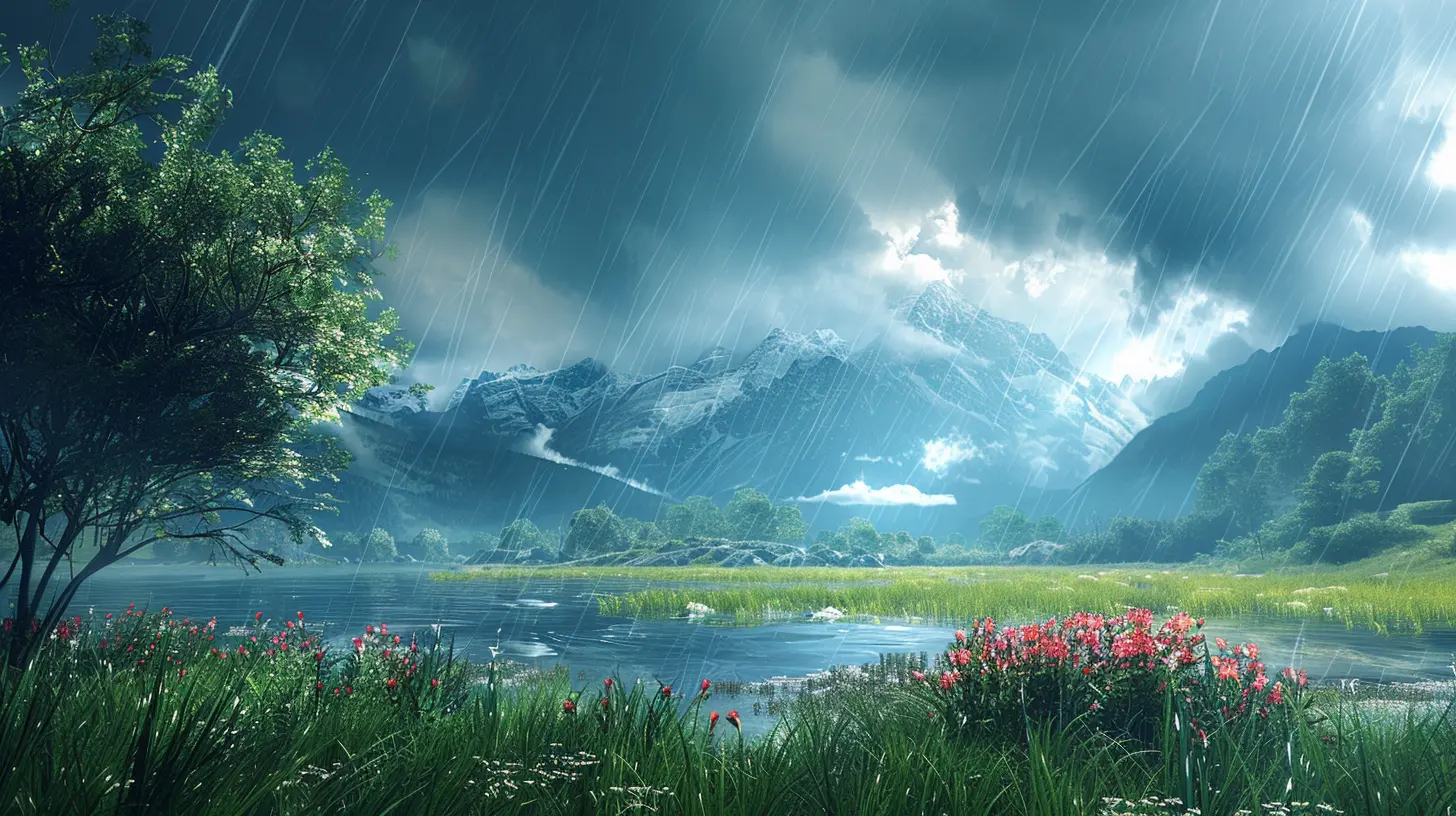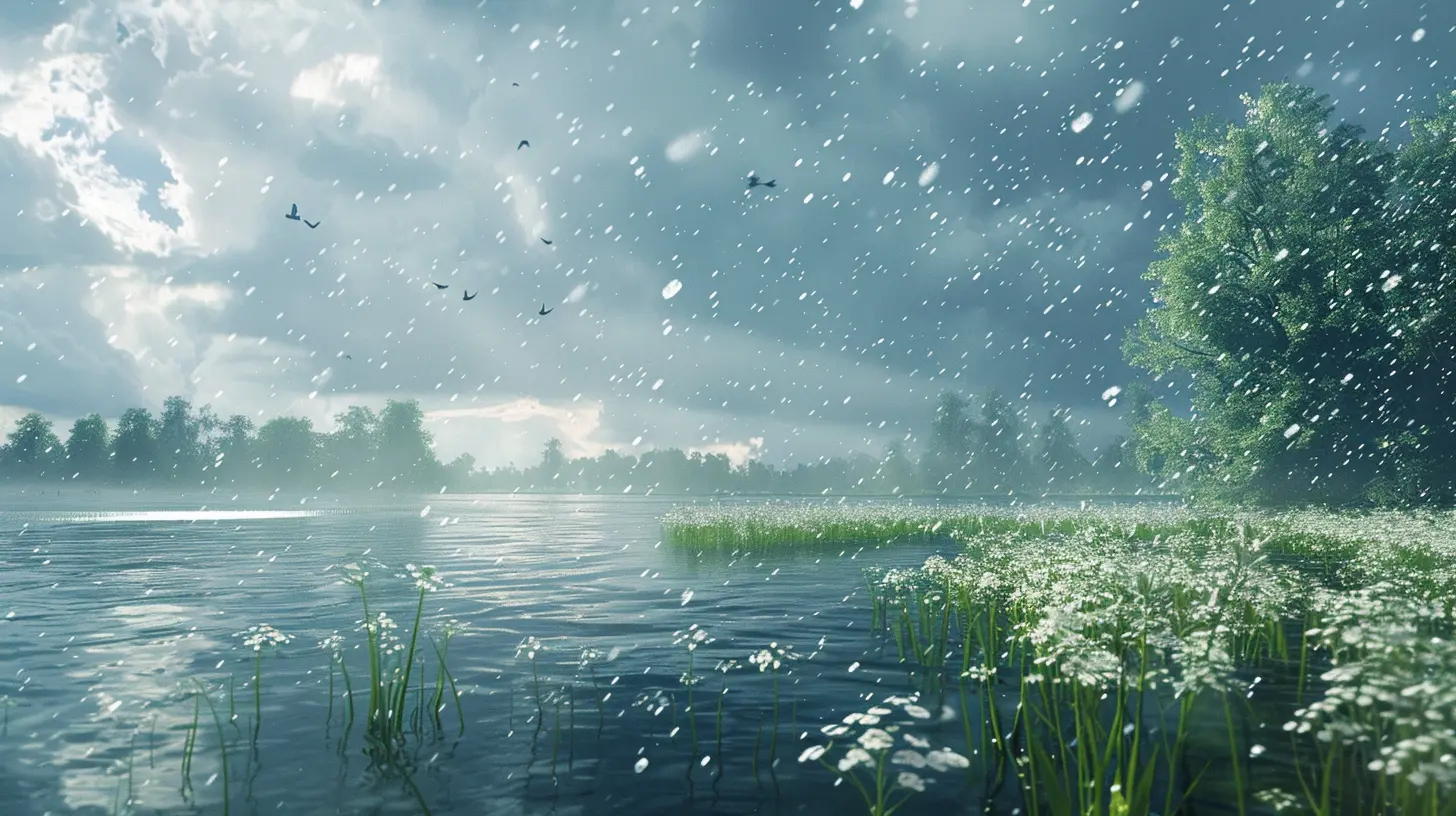Designing Dynamic Weather Systems That Impact Play
3 August 2025
Let’s be honest—weather in games has come a long way from just some snow particles and rainy textures. It's no longer just eye candy in the background. These days, weather can—and should—play a crucial role in how a game feels, plays, and evolves. Want to level up your game design? Then designing dynamic weather systems that impact play is where the magic happens.
Sit tight because we’re about to dive into how you can turn your game’s atmosphere (literally) into a feature that deeply influences the gameplay—making your virtual world feel alive, exciting, and oh-so-real.
Why Dynamic Weather Matters in Games
Picture this: You're creeping through enemy territory in a stealth shooter. A sudden downpour masks your footsteps, giving you the perfect opportunity to make your move. That, my friend, is dynamic weather doing its thing.Bringing the World to Life
Games are all about immersion. The more real a virtual world feels, the more a player is willing to lose themselves in it. A vibrant, unpredictable weather system adds depth, character, and realism that a static environment just can't provide. Rain, fog, thunderstorms, and even heatwaves can all affect not just the look of a game but how it’s played.Strategic Gameplay Depth
Weather should never be just pretty. Nope. It needs to matter. Imagine if a snowstorm reduced visibility and slowed movement, forcing players to rethink their strategies. Or what if bright sunlight blinded scoped-in snipers and changed the entire pace of PVP combat? That’s what we’re talking about here—weather systems that actually impact the player's decisions.
Getting Technical Without Getting Boring
Okay, let’s get into the nuts and bolts. Designing dynamic weather systems isn’t just about changing lighting and adding rain sounds. It’s a mixture of art, science, and smart design.Procedural vs. Scripted Weather
You’ve got two main options here:- Scripted Weather: Predefined weather events that happen at specific times or missions (think story-driven games).
- Procedural Weather: Random or algorithm-based systems that simulate real-world weather patterns dynamically.
Procedural systems offer more replayability and realism, but they can be a bit trickier to balance. The key is to blend unpredictability with logic. You don’t want a snowstorm in the desert…unless your game world is into that kind of weirdness.
Environmental Variables to Consider
To nail a believable weather system, you’ve got to track a handful of changing variables:- Temperature
- Humidity
- Wind Speed & Direction
- Atmospheric Pressure
- Time of Day/Season
Combined, these variables can generate a wide range of weather types—from soft drizzles to full-blown thunderstorms.
Making Weather Affect Gameplay — Real Examples
Let’s look at how dynamic weather can influence gameplay mechanics, and not just visuals or audio.Visibility and Combat
Foggy mornings, heavy rain, or a night sky filled with lightning—each of these can totally shake up visibility. And in many games, visibility is everything. Whether you’re sniping enemies or scoping the terrain for loot, bad weather can turn the odds against or in your favor.Example: In survival games like DayZ, fog limits your sight and hearing range. This heightens tension and forces players to adapt.
Player Movement
Let’s not forget what a slippery surface or a muddy path can do. Make movement feel reactive with wet, icy, or unstable terrain. Maybe running down a mountainside in a hailstorm has a 50/50 chance of slipping. Now that’s drama.Bonus Tip: Add stamina penalties for moving through snow or high winds. It’s a great way to make weather management a survival mechanic.
Stealth Mechanics
Rain isn’t just for mood. Rain masks sound. Snow mutes footsteps. Thunder can be used to time your movement in synch with noise. Boom. Now you're designing like a pro.Games like Metal Gear Solid V nailed this. Players used sandstorms to sneak past enemy patrols. Weather became a tool, not a hurdle.
Weapon and Gear Effectiveness
Ever tried firing a musket in the rain? Historically, it didn’t go well—and your game can reflect that. Let weather influence gear performance. Maybe bows lose tension in high humidity, or electronics glitch in lightning storms.Fun Twist: Let certain gear only work well in specific weather. Force players to adapt loadouts depending on the upcoming forecast.
Making Weather Feel Organic
It’s not just about throwing in a storm here and there. Your weather system should feel like part of the world’s ecology—alive and interconnected.Smooth Transitions
Avoid abrupt changes. A sunny day shouldn’t become a snowstorm in five seconds unless your game is set on a magical, chaotic island of doom. Use transitioning layers—like clouds building up, wind picking up, light dimming—to ease the player into new conditions.Sound Design Sells the Illusion
Use weather sounds to anchor the mood. Distant thunder rolls, water dripping from leaves, wind hissing past ruined buildings—these details make a weather shift immersive, not jarring.AI That Reacts
Want your game to feel deeply alive? Make sure your NPCs react to the weather. Have them seek shelter, comment on the changes, or alter patrol patterns during storms. This adds layers of realism that players absolutely notice.Tools & Engines That Make It Easier
Here’s a quick peek at some tools that can help bring your weather dreams to life:- Unity: Assets like Enviro or WeatherMaker can jumpstart your system.
- Unreal Engine: The built-in weather systems plus Blueprints can get super dynamic.
- Godot: Offers customizable 2D and 3D weather effects for the indies at heart.
Regardless of your engine, always test how your weather affects performance. It’s cool until your framerate dies during a lightning strike, right?
Balancing Weather So It’s Fun, Not Frustrating
This is huge. You want dynamic weather to be challenging, sure—but not annoying. Ever played through a game where it rains constantly and it just kills the mood? Yeah, don’t do that.Let Players Prepare
Give players clues. Maybe a change in wind direction predicts a storm, or NPCs drop hints. Let players craft gear or plan routes based on weather.Don’t Overdo It
Hardcore realism is great and all... until it stops being fun. Keep your systems balanced. Give players reasons to engage, not reasons to rage quit.Offer Some Control
You know what's cool? Letting players influence or predict weather. Maybe install a weather station, cast a spell, or access tech that alters the climate temporarily. Interactivity equals fun.Turning Weather Into Storytelling
One of the coolest things about weather in games? It can tell a story.Set Tone and Emotion
Imagine you just lost a beloved NPC—and the heavens open up with rain. It's a classic dramatic move, but when done right, it stirs emotions instantly.Weather can be symbolic, too. Sunrise equals hope, storms signal chaos, snow means isolation. Get creative and use weather to speak to your players without saying a word.
Worldbuilding
Let your world’s climate reflect its history. Maybe a scorched land used to be fertile before a magical cataclysm. Or a place where it never rains anymore, causing political tension. The weather doesn’t just paint the sky—it paints your lore.Final Thoughts: Make Weather a Feature, Not Just a Filter
When done right, dynamic weather systems can transform a decent game into an unforgettable experience. It’s not just about making things look pretty—it’s about creating a living, breathing world where weather influences decisions, emotions, and survival.So, fellow devs and game lovers—dream bigger when it comes to the sky. Think of weather not as an afterthought, but as a dynamic, interactive, story-shaping mechanic.
After all, who doesn’t love the thrill of a storm rolling in just as your plan is about to unfold?
all images in this post were generated using AI tools
Category:
Game Content CreationAuthor:

Jack McKinstry
Discussion
rate this article
1 comments
Thorne McFarlane
Dynamic weather systems can significantly enhance gameplay immersion, yet developers must balance complexity with accessibility. Overwhelming mechanics may frustrate players rather than enrich their experience.
August 14, 2025 at 3:01 PM

Jack McKinstry
You're absolutely right! Striking the right balance between immersive complexity and user-friendly mechanics is key to enhancing gameplay without alienating players.


